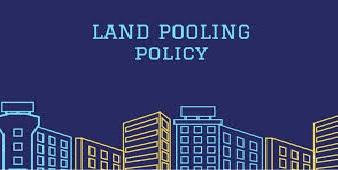The Ghaziabad Development Authority (GDA) is all set to adopt the Gujarat model of land pooling for the city’s development. Under the scheme in force in Gujarat, the GDA will acquire land in still-to-be-developed areas from farmers and develop the same. Once developed, the GDA will return 50% of the land to the owners and keep the remaining 50%.
The money raised from this remaining developed land will be used for local area development, officials said. Local area development entails strengthening the existing infrastructure of a place where fresh development is not possible.
An official from GDA’s town planning department said, “Like Delhi’s Chandni Chowk and Hazratganj in Lucknow which have been given a facelift, Ghaziabad too has places like Ghanta Ghar and Ramte Ram Road where fresh development work cannot be carried out because of space constraint. With proper planning, these areas could be given a facelift from the revenue generated from land pooling.”
Critics, however, are not sure whether the Gujarat model could prove to be effective in states like UP where getting consent from farmers for land pooling is an uphill task.
“It is not that UP doesn’t have a land pooling policy of its own. In 2020, the state government revised its land pooling policy to woo farmers to give in their land, but to very limited success,” said Sanjay Mishra of Ghaziabad’s MMH College.
In October 2020, the state government made amendments to its land pooling policy to woo farmers to part away their land to development authorities.
Earlier the consent of 80% of farmers was required but it was brought down to 60%.
As per the revised policy, 25% of the developed land will be given back to farmers and they would also be given Rs 5,000 per acre compensation for a period of five years.
“The development authorities will utilize 40% of that land in developing basic amenities like roads, drainage parks, streetlights, hospitals and schools. But despite lucrative incentives given to farmers, they have refused to part away with their land and the so-called ‘Gujarat model’ is based on success of land pooling, which has already proved to be a non-starter in UP,” said Mishra.



